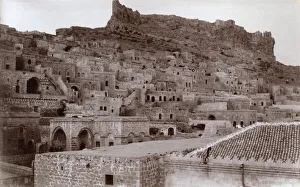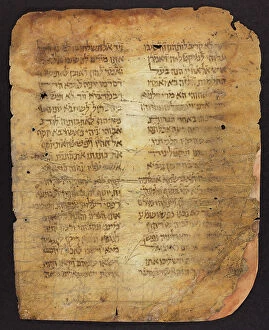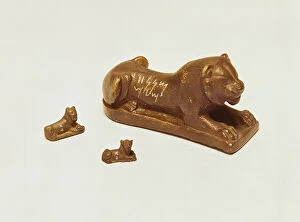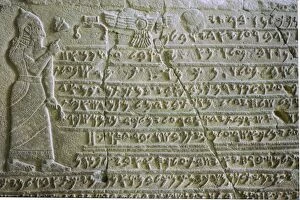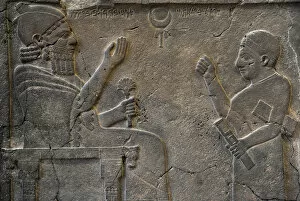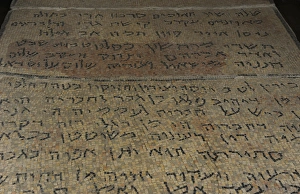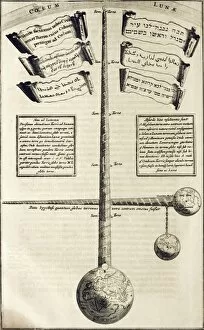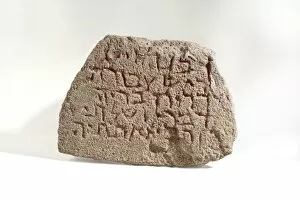Aramaic Collection
Aramaic, a language with deep historical roots, is closely associated with the ancient hillside town of Maaloula in Syria
All Professionally Made to Order for Quick Shipping
Aramaic, a language with deep historical roots, is closely associated with the ancient hillside town of Maaloula in Syria. This picturesque town, built into the rugged mountainside, holds immense cultural significance as it is one of the few places where Aramaic is still spoken today. Walking through its narrow streets feels like stepping back in time. The influence can also be seen in various artifacts and inscriptions found throughout the region. Hebrew manuscript fragments and ancient alphabets showcase the rich heritage of this language. A mosaic floor synagogue adorned with Hebrew and Aramaic inscriptions stands as a testament to its importance in religious practices. Beyond Syria's borders, evidence of Aramaic's impact can be found across different civilizations. The Hittite art reveals a stele depicting King Bar-Rakib sitting on his throne during 744-727 BC. In Xanthos, Turkey, stands the majestic Xanthian Obelisk that bears witness to this ancient language's reach. Archaeological discoveries further shed light on Aramaic's role in history. An orthostat from Tell Halaf depicts an archer from the Palace of Kapara, King of Guzana—a glimpse into life during those times. Tombstones like Regina's stone and funerary reliefs made from limestone or marble provide glimpses into burial customs and societal norms. One cannot overlook Tzippori's Sepphoris mosaic—an exquisite piece showcasing intricate designs influenced by both Greek and Roman cultures while incorporating elements symbolism. Intriguingly diverse yet deeply connected to its origins, Aramaic continues to captivate scholars and enthusiasts alike for its linguistic richness and historical significance within these remarkable archaeological finds scattered across lands once touched by this timeless language.

